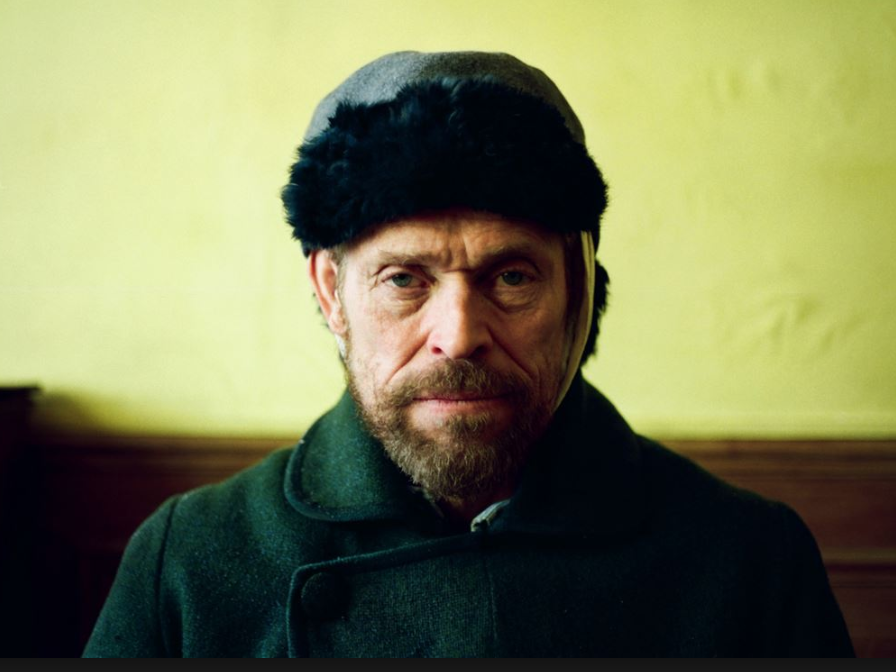Yesterday afternoon I sat for my second viewing of Julian Schnabel‘s At Eternity’ Gate (CBS Films), which I’ve come to regard as the finest Vincent Van Gogh flick ever made. The difference between it and, say, Vincent Minnelli and Kirk Douglas‘s Lust for Life or Robert Altman‘s Vincent and Theo is an absolute belief in Van Gogh’s inner light. It’s not a tourist’s view of the man, but a portrait of an artist by an artist — a “you are Van Gogh” dreamscape flick.
In the view of many Willem Dafoe‘s performance of this gentle, conflicted, angst-ridden impressionist is his best since playing Yeshua of Nazareth in Martin Scorsese‘s The Last Temptation of Christ (’88). When I say “many” I mean the National Society of Film Critics, who yesterday morning decided that Dafoe’s performance was and is the year’s second finest, right after Ethan Hawke‘s tortured priest in Paul Schrader‘s First Reformed. That’s quite the ringing endorsement when you think of the competition.
As I said last October, At Eternity’s Gate “is more into intimate communion, intuitions, revelations.” It’s a channelling of the dreams, angels and and torment that surged within Van Gogh during the final chapter in his life, when he lived in Arles and St. Remy de Provence.
Schnabel and Dafoe sat for a q & a discussion following the screening, which happened at West Hollywood’s Soho House. After that everyone went down the hallway for a wine-and-sliders-and-swedish-meatballs gathering. HE’s own Phillip Noyce, who directed Dafoe in ’94’s Clear and Present Danger, was there; ditto producer Don Murphy.
Julian Schnabel: “The movie is about painting being above recognition. Above criticism. When you’re a younger artist, you want agreement from people. Later, you realize that what you’re doing is the thing and not the agreement from other people. I think Van Gogh was very successful. He accomplished what he wanted to do. He expressed the inexpressible. We’ve all projected this bourgeois concept about success. At a certain moment Van Gogh was, like, ‘I thought I was supposed to educate people and show them how to look at the world, but I stopped thinking about that — now I just think about my relationship to eternity, by which he meant the time to come.'”
HE interpretation by way of Tom Wolfe‘s “The Painted Word“: Van Gogh’s paintings didn’t strive to “reconstitute an anecdotal fact but constitute a pictorial fact.”
Willem Dafoe: “The idea was ‘painting what I see,’ and not painting a representation…of what I thought had to account for that thing in front of me…seeing is perception…Van Gogh is very haunted by this feeling, this vision of what he was, and he wants to share it…and I think that’s an interesting impulse…a classic artist’s impulse.”

